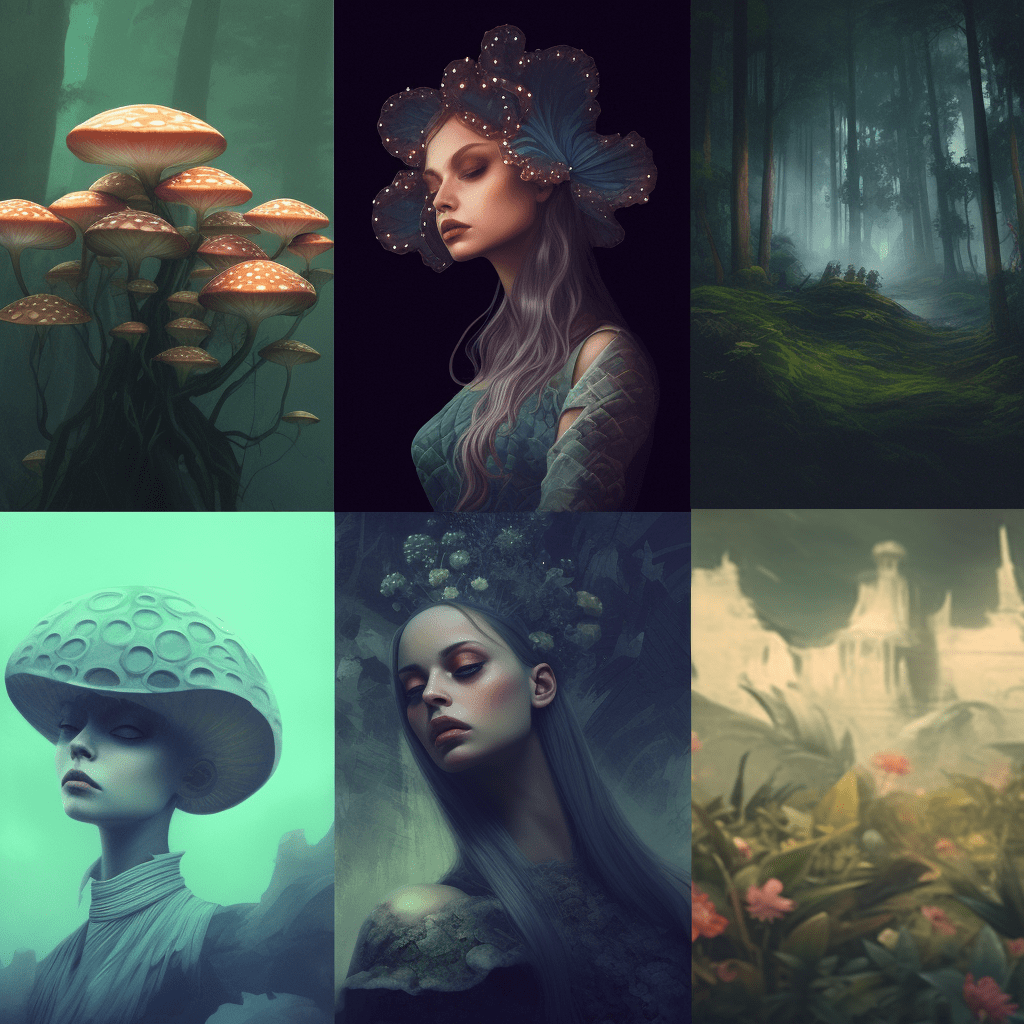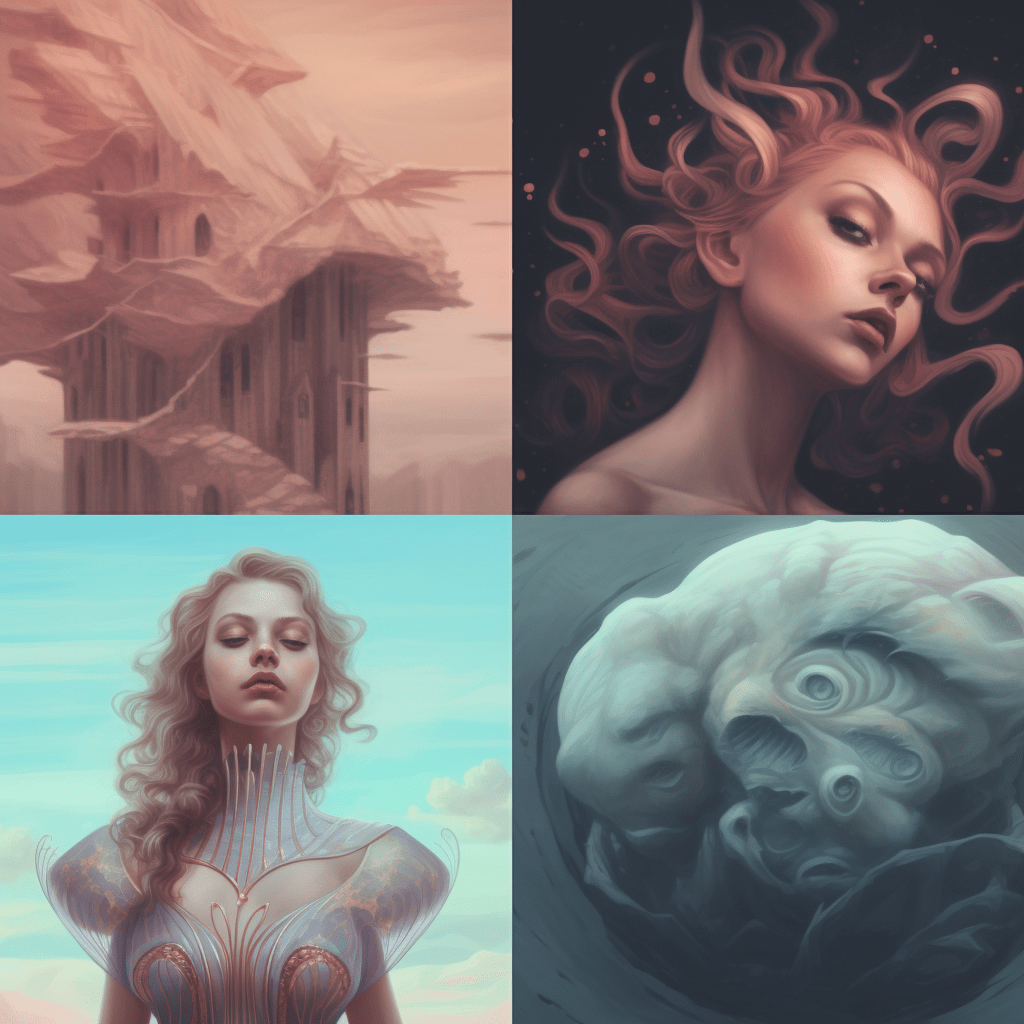Navigating the world of non-fungible tokens (NFTs) requires a solid understanding of the associated vocabulary. In this article, we will demystify key NFT terms and provide examples for better comprehension, allowing you to confidently engage in discussions and transactions in the digital art and collectibles space.

Non-Fungible Token (NFT)
A non-fungible token is a unique, indivisible digital asset that represents ownership or proof of authenticity for a specific item or piece of content. Although NFTs can be digital art, collectibles, or virtual items, their characteristics and value set them apart from one another.
Example: CryptoPunks, a series of 10,000 unique pixel art characters, each represented as an NFT, gained widespread popularity and helped fuel the NFT market.
Blockchain
A blockchain is a decentralized, distributed digital ledger that securely and transparently records transactions across multiple devices. The technology is essential in creating, transferring, and storing NFTs as it provides provable ownership and prevents duplication.
Example: Ethereum, one of the most popular blockchain platforms, hosts a majority of NFTs through its smart contracts and standardized protocols.
Smart Contract
Smart contracts are self-executing agreements with the contractual terms and conditions directly encoded into lines of code. Smart contracts facilitate the creation, selling, buying, and distribution of NFTs without necessitating intermediaries.
Example: When an artist mints an NFT on a platform like Rarible, a smart contract governs the token’s ownership transfer and royalty distribution upon subsequent sales.
Minting
Minting refers to the process of creating a new NFT by submitting a transaction to the blockchain. During minting, the NFT’s attributes, such as its metadata and associated royalties, are established, and a gas fee is paid to the network.
Example: An artist creates an NFT of their digital painting on the OpenSea platform, officially converting the artwork into a one-of-a-kind digital asset.
Gas Fee

A gas fee constitutes a variable transaction cost for performing operations on a blockchain network, including minting and trading NFTs. Gas fees fluctuate based on network congestion and transaction complexity, compensating miners and validators for their work in processing and verifying blockchain transactions.
Example: High gas fees on the Ethereum network can make minting NFTs more expensive during peak demand due to increased competition for processing transactions.
ERC-721 and ERC-1155
ERC-721 and ERC-1155 are token standards on the Ethereum blockchain for creating and managing NFTs. ERC-721 focuses on unique tokens, while ERC-1155 supports both non-fungible and fungible tokens within a single contract.
Example: CryptoKitties, a popular digital collectibles game, uses the ERC-721 standard, whereas Enjin’s gaming assets employ the more flexible ERC-1155 standard.
Digital Wallet
A digital wallet is a secure software or hardware solution for storing, managing, and transferring digital assets like cryptocurrencies and NFTs. Digital wallets maintain the private keys necessary for accessing and managing digital assets.
Example: Metamask, a popular browser extension wallet, enables users to store and manage their Ethereum-based NFTs and cryptocurrencies.
Royalty
A royalty is a percentage of the sales proceeds that the original creator of an NFT receives upon each subsequent sale. Royalties provide continuous financial benefits to artists as their work is traded in the digital marketplace.
Example: An artist receives a 10% royalty on every resale of their NFT, ensuring they benefit from its increasing value and popularity over time.
Metadata
Metadata encompasses the supplementary information embedded within an NFT, offering context and description for the digital asset. Metadata can include the creator’s name, a brief description, and attributes specific to the digital asset.
Example: A virtual sneaker’s NFT metadata might include details about its brand, colorway, and edition size, helping collectors identify its unique attributes.
Marketplace
An NFT marketplace is an online platform where users can mint, buy, sell, and trade NFTs. These platforms facilitate transactions, handle smart contracts, and provide a space for digital artwork and collectibles to be showcased.
Example: Platforms like SuperRare and Nifty Gateway are NFT marketplaces that focus on high-quality, limited-edition digital art from well-known and emerging artists.
Whitelist
A whitelist is a selection of approved individuals who are given early or exclusive access to limited-edition NFT drops or events. Whitelisting helps artists and developers reward loyal supporters and control access to exclusive offerings.
Example: A highly anticipated NFT drop may only open to whitelisted users, offering them priority access before the general public can participate.
Fungible vs. Non-fungible Tokens
Fungible tokens, such as cryptocurrencies, hold equal value and can be exchanged interchangeably. In contrast, non-fungible tokens embody unique characteristics and varying values that prevent direct one-to-one exchange.
Example: Bitcoin (BTC) is a fungible token, whereas each NFT in the Bored Ape Yacht Club collection is non-fungible and has its own distinctive attributes and worth.
Emerging Use Cases for NFTs

Apart from digital art and collectibles, NFTs are increasingly utilized in various other sectors, such as virtual real estate, music rights, and even physical assets. Their unique attributes and secure ownership records on blockchains make NFTs ideal for these applications.
In conclusion, by demystifying NFT vocabulary, this article aims to empower creators, collectors, and investors to better explore and engage with the world of non-fungible tokens. With a solid understanding of the key terms, participants can enjoy a smoother experience in the NFT marketplace and have more insightful conversations within this rapidly evolving community.
